I recently downloaded a slightly different motion detection script for my camera that seems to do a great job catching lightning flashes. I had been hoping for some good lightning opportunities on several occasions, but the storms disappointed me. The morning of September 7th turned out to be just what I needed to check out the newer script.
Daytime Lightning
Photographing lightning in the daytime requires rather different settings than nighttime shots. At night, I can set the camera to leave the shutter open for two or three seconds after the beginning of a flash is detected. If I did that in the daylight, each shot would be hopelessly over-exposed, leaving me with nothing but a blank, white frame.
When photographing lightning in daylight with higher-quality cameras, photographers often use a neutral density filter. This allows for longer exposure times without overexposing the image. I’m not using a high-end camera. I use a Canon A590 IS: A “point & shoot” camera that debuted in January 2008.
The only thing special about this camera is that I’m using a “modified” operating system on it. CHDK allows my camera to do things that the original software will not allow. High-speed motion detection is one of those things, and that’s how I’m able to catch these lightning flashes.
For this sequence of shots I set the camera to aperture-priority mode. This allowed me to set the aperture to it’s smallest opening, f8.0, while the camera chose the optimal shutter speed. The “film speed” was set to ISO 80. The LCD view on the camera revealed enough contrast at that setting for the motion detection to work properly. I set the camera to manual focus (at infinity) so that it wouldn’t spend time trying to focus. For lightning, fast response time is the key.
The camera was positioned on a tripod and pointed to the northeast through my kitchen window. After adjusting the camera settings and loading the script, I simply pressed the shutter button and walked away. The thunderstorm lasted for about two hours. Having an AC adapter hooked up keeps me from having to change batteries while it’s running.
The eight decent shots that I got during that storm vary in exposure times from 1/8th of a second to 1/20th of a second. I’ve adjusted the contrast of the resulting photos to highlight the arcs of lightning against the clouds. These images show the stepped leader formation, which precedes the larger lightning flashes that arc between clouds or from cloud to ground.
We’re past the prime thunderstorm season here in central Illinois, but there’s always a slight chance we’ll have one any month of the year. I’ll be keeping my eye on the weather services so I can prepare for more lightning photos, day or night.

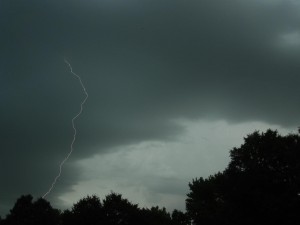
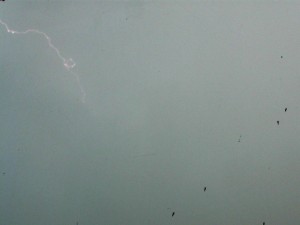
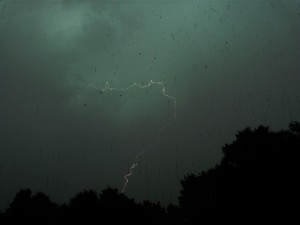
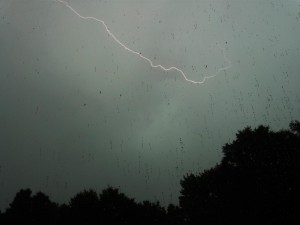
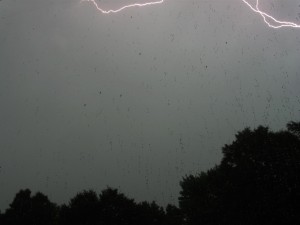
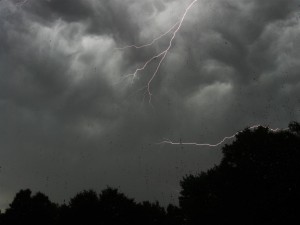
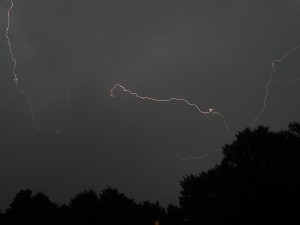
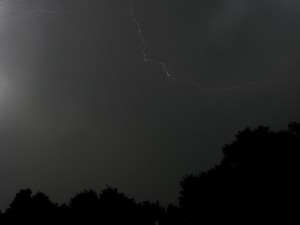
Recent Comments